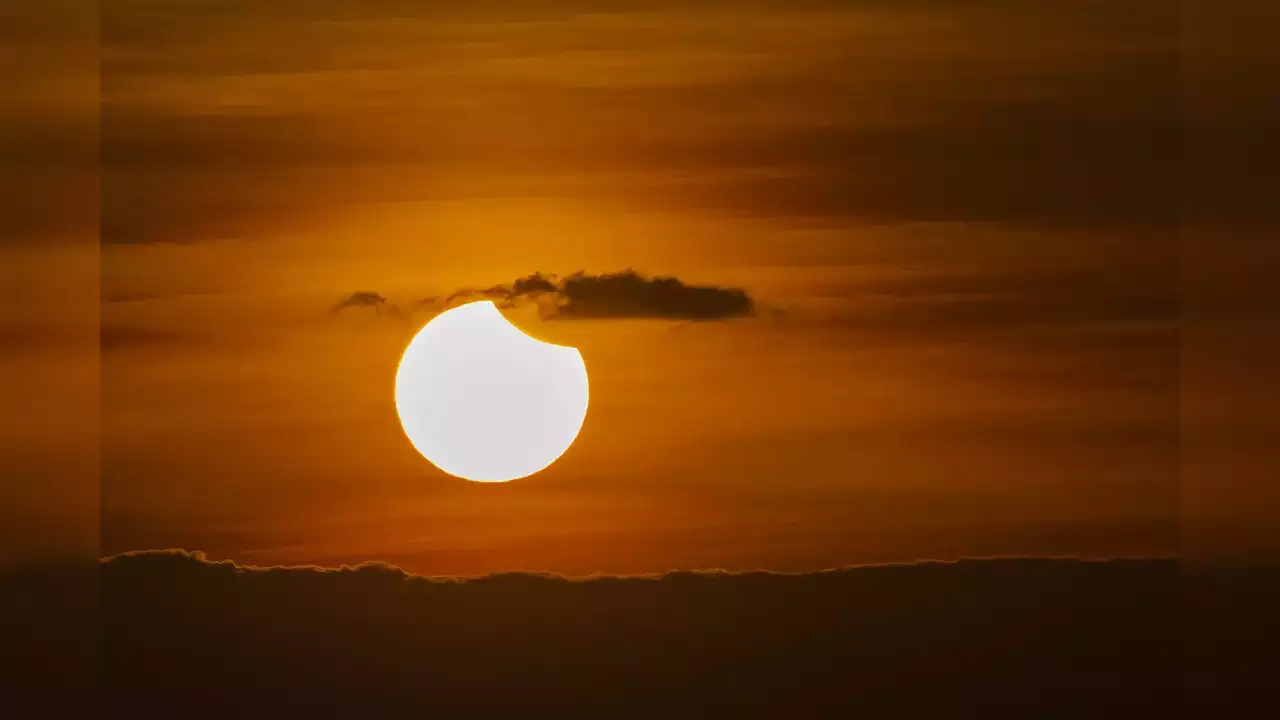The Marvel of the Next Solar Eclipse: Safeguarding Your Eyes

As celestial events go, there are few that capture the collective imagination and awe of people around the world quite like a solar eclipse. Eclipses have been observed and revered for millennia, seen by ancient civilizations as powerful omens and by today’s scientists as invaluable opportunities for research. As we approach the next solar eclipse, it’s essential to be prepared not just in terms of viewing location and timing but also in ensuring the safety of our eyes.
When the Moon passes between the Earth and the Sun, it casts a shadow upon our planet. This incredible celestial dance gives rise to the solar eclipse, an event where the Sun’s light is temporarily blocked by the Moon. While this phenomenon is a remarkable sight, it can also pose a significant threat to our vision if observed without proper precautions.
Why is Direct Viewing Dangerous?
The human eye is a marvel of biological engineering, capable of detecting a wide range of light intensities, from the soft glow of starlight to the bright daylight. However, the Sun is far too bright for our eyes under normal circumstances. Looking directly at the Sun can cause a condition called solar retinopathy. This is a result of the Sun’s intense rays – mainly ultraviolet (UV) light – damaging the sensitive cells in the retina. Symptoms of solar retinopathy can range from blurry vision and a central blind spot to more severe and permanent vision loss.
During a solar eclipse, the danger is exacerbated. The sky darkens, and our pupils dilate to let in more light. If one looks at the bright disk of the Sun when it suddenly emerges from behind the Moon, the increased amount of light flooding into the dilated pupils can cause severe retinal damage.
Safe Viewing Techniques for the Next Solar Eclipse
1. Solar Viewing Glasses: The simplest and most accessible method for many will be using solar viewing glasses. These are not your regular sunglasses. Solar viewing glasses are designed specifically to protect your eyes from the harmful rays of the Sun. They are made with a special filter that reduces the Sun’s brightness to a safe and comfortable level.
2. Pinhole Projectors: A pinhole projector is a simple device that allows you to view a projected image of the Sun on a screen. This method is entirely safe since you’re looking at a projection of the Sun and not the Sun itself.
3. Telescopes with Solar Filters: For those with access to telescopes, attaching a certified solar filter to the front end (the side pointing to the Sun) is essential. Remember, the filter should be placed on the telescope’s large end and not the eyepiece, as the latter can still result in concentrated sunlight reaching your eyes.
4. Welder’s Glass: A shade 14 welder’s glass is another option. It’s dense enough to protect your eyes when looking directly at the Sun.
5. Online Streams: For those who prefer staying indoors or are located in areas where the eclipse won’t be visible, various organizations and websites stream the event live. This method guarantees safety, as you’re watching the event on a screen.
As we count down the days to the next solar eclipse, it’s crucial to be informed and prepared. Knowledge is the key to ensuring that this experience is both memorable and safe. For more detailed information on protective measures and the science behind solar eclipses, you can visit https://preventblindness.org/next-solar-eclipse/. This resource offers comprehensive guidelines to ensure that your solar eclipse viewing experience is both breathtaking and secure.
In conclusion, the beauty of a solar eclipse is unmatched, a rare convergence of celestial timings that leaves an indelible mark on our memories. However, it’s essential to respect the power of the Sun and prioritize our vision’s safety. Let the next solar eclipse be a spectacle of wonder, not regret.








